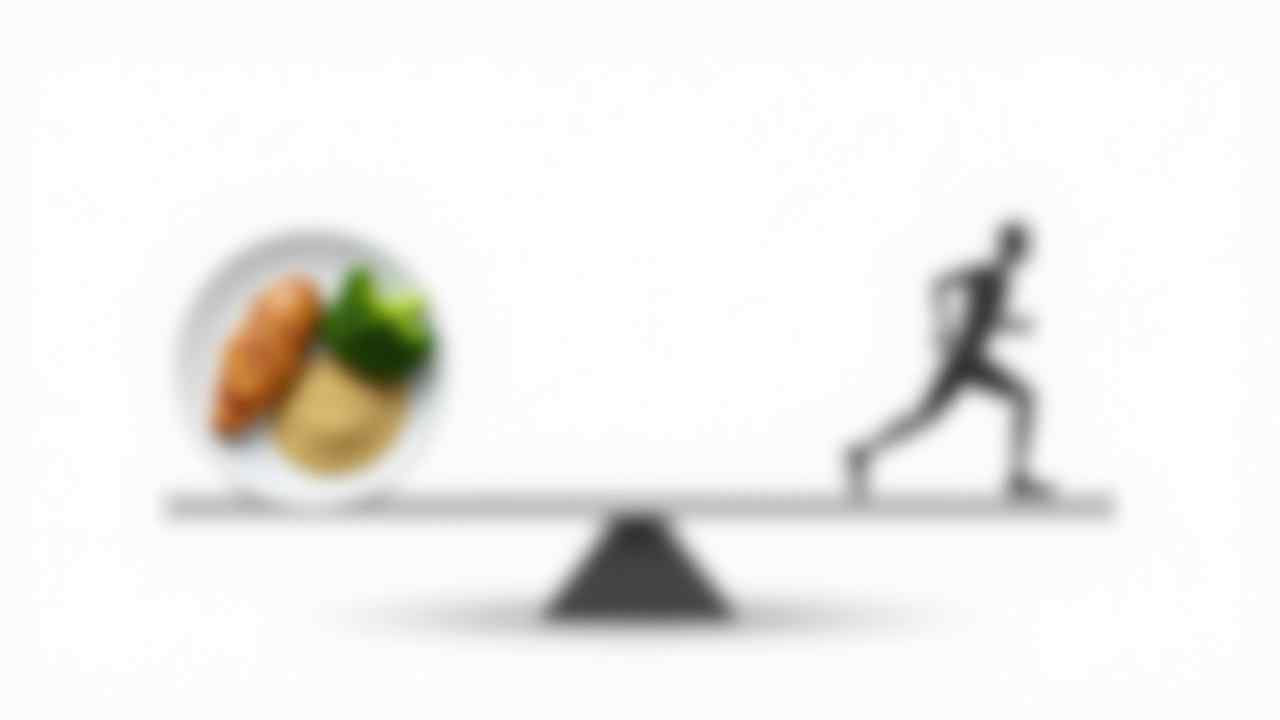
⚖️ What is the CICO Diet? A Guide to 'Calories In, Calories Out'
⚖️ What is the CICO Diet? A Guide to 'Calories In, Calories Out' ⚖️
You may have seen the term "CICO" online. It is a simple and science-based approach to weight management. It is not a fad diet with strict food rules. Instead, it is a fundamental principle of energy balance.
CICO stands for "Calories In, Calories Out." The core idea is simple. To lose weight, you must use more energy (calories) than you consume. This is a basic law of thermodynamics. It is the foundation of all weight loss.
This guide will explain how the CICO diet works. We will explore its pros and its cons. We will also show you how to use this principle in a healthy and sustainable way. Let's dive into the science of weight management. ✅
🤔 How Does the CICO Diet Actually Work?
The CICO principle is based on the energy balance equation. Your body weight is a result of the balance between the calories you consume and the calories you burn. Let's break down both sides of the equation.
"Calories In" is the energy you get from food and drinks. Everything you consume has a calorie value. This is the energy you provide to your body.
"Calories Out" is the energy your body burns. This is also called your Total Daily Energy Expenditure (TDEE). It is made up of your metabolism, daily activities, and exercise. To lose weight, your "Calories In" must be less than your "Calories Out." This is known as a calorie deficit.
👍 What Are the Pros of the CICO Approach?
The CICO diet is popular for several reasons. Its simplicity and flexibility are very appealing. It provides a clear framework for weight loss. Here are its main advantages.
- It is Flexible: No foods are forbidden. You can technically eat anything you want. It just has to fit within your daily calorie budget.
- It is Scientific: The principle of energy balance is not a theory. It is the proven foundation of weight management.
- It Promotes Awareness: Tracking your calories makes you mindful of your food choices. It can be very educational. You learn the energy value of different foods.
👎 What Are the Cons and Common Pitfalls of the CICO Diet?
While the principle is simple, the human body is complex. A strict focus on CICO alone has some major drawbacks. It is important to be aware of these pitfalls. This is the key to a healthy approach.
Does It Ignore Food Quality?
This is the biggest criticism. The CICO diet does not distinguish between different types of calories. However, 100 calories of broccoli is not the same as 100 calories of candy. The broccoli provides vitamins, fiber, and minerals. The candy provides only sugar.
Can Calorie Counting Be Inaccurate?
Yes, it can be difficult to be precise. Food labels are not always 100% accurate. Estimating portion sizes can also be tricky. This means your daily count is usually just a good estimate, not a perfect number.
Can It Lead to an Unhealthy Obsession?
For some people, tracking every single calorie can become stressful. It can lead to an obsessive relationship with food. It is important to use calorie counting as a tool, not a rule that controls your life.
💪 How Do You Start a Healthy CICO Diet?
The key to a successful CICO diet is to combine the principle with a focus on nutrition. It is not just about eating less. It is about eating better. Here is how to start in a healthy way.
Step 1: Estimate Your "Calories Out." Use an online TDEE calculator. This will give you an estimate of how many calories you burn per day. This is your maintenance number.
Step 2: Create a Modest Deficit. Subtract 300 to 500 calories from your TDEE. This will create a sustainable deficit for losing about one pound per week. Do not cut your calories too drastically.
Step 3: Prioritize Nutrient-Dense Foods. This is the most important step. Fill your calorie budget with healthy foods. Choose lean proteins, plenty of vegetables, fruits, and healthy fats. This ensures you get the nutrients you need. 🍎